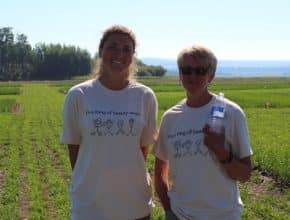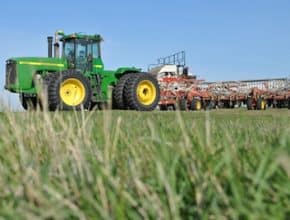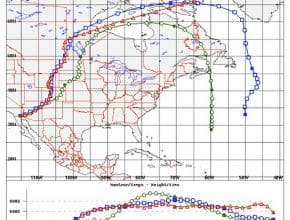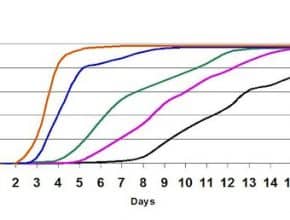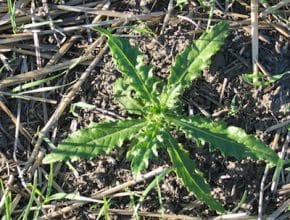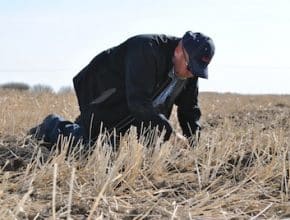High cereal yields last year mean more residue issues this spring. If the drill cannot cut through or dig under the residue to place seed into soil, then some sort of residue management may be the lesser of two evils. We ran a survey the past two weeks asking Canola Watch readers for their thoughts on effective spring management for…
Canola Watch Posts
-
-
The Canola Council of Canada’s Ultimate Canola Challenge will run trials at 15 sites across the Prairies, testing various crop input products currently on the market. The intent is to see if there is anything above and beyond the crop nutrition best management practices (BMPs) that will help growers increase yields and return on investment. It will help growers make…
-
You can’t control the weather. Seed when you can. Remember, more than half the canola acres last year were seeded after May 20. Spray instead. Early weed control pays big time. If too wet to seed, it might not be too wet to spray — but apply at warmer parts of the day. Clingy clubroot. Muddy fields increase the amount…
-
This “forward trajectory” wind map shows where winds from Southern California are predicted to travel over the next five days. You’ll see they pass through the mid west and up into Manitoba. Forward trajectories also show winds arriving on the Prairies from Mexico, Texas, Kansas and other southern regions this week. South central U.S. is a common area where aster…
-
Three questions on seeding date: 1. Say canola seeded on May 1 has 100% of its yield potential. After what seeding date does canola yield potential drop below 80% of its May 1 level? 2. Growers have methods to help late-seeded crops mature earlier. Of the four choices below, three are legit, and one is not. Which choice will NOT…
-
It’s mid May, so put away the soil thermometer. When you get the chance to seed, then seed. Seeding into warmer (8-10°C) soils will improve seed survival and have more seed emerging at the same time (as shown in the graph) but this needs to be balanced against the benefits of early seeding. To improve seed survival and speed of…
-
Early weed control is an important step in profitable canola production. Research on preseed weed control showed that early seeding was less important to yield than early weed control. Pre-seed weed control will manage weeds that emerge ahead of seeding, reducing crop competition for light, moisture and nutrients…
-
Applying a burnoff after seeding but before emergence is a risky option for those who want to get seeding. Consider the following risks with this practice…
-

